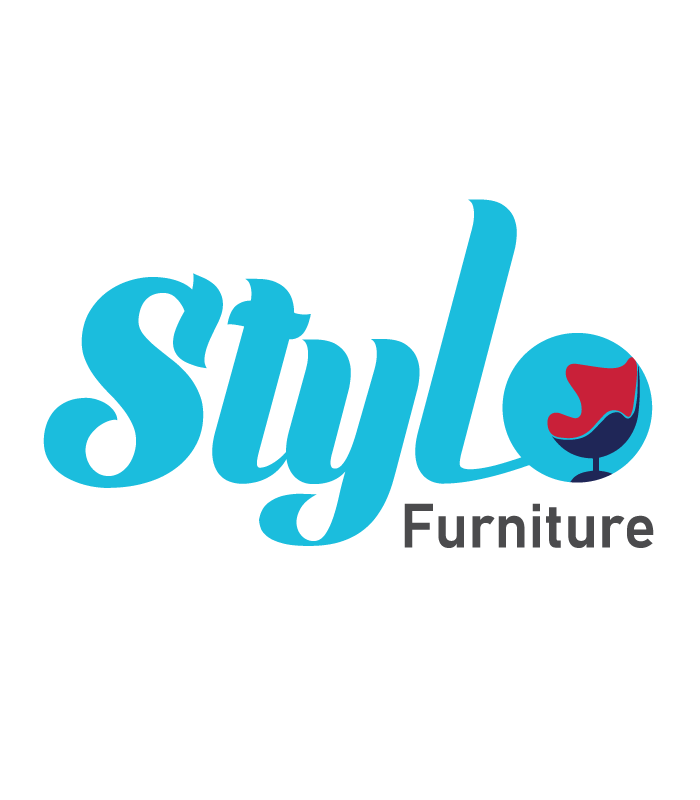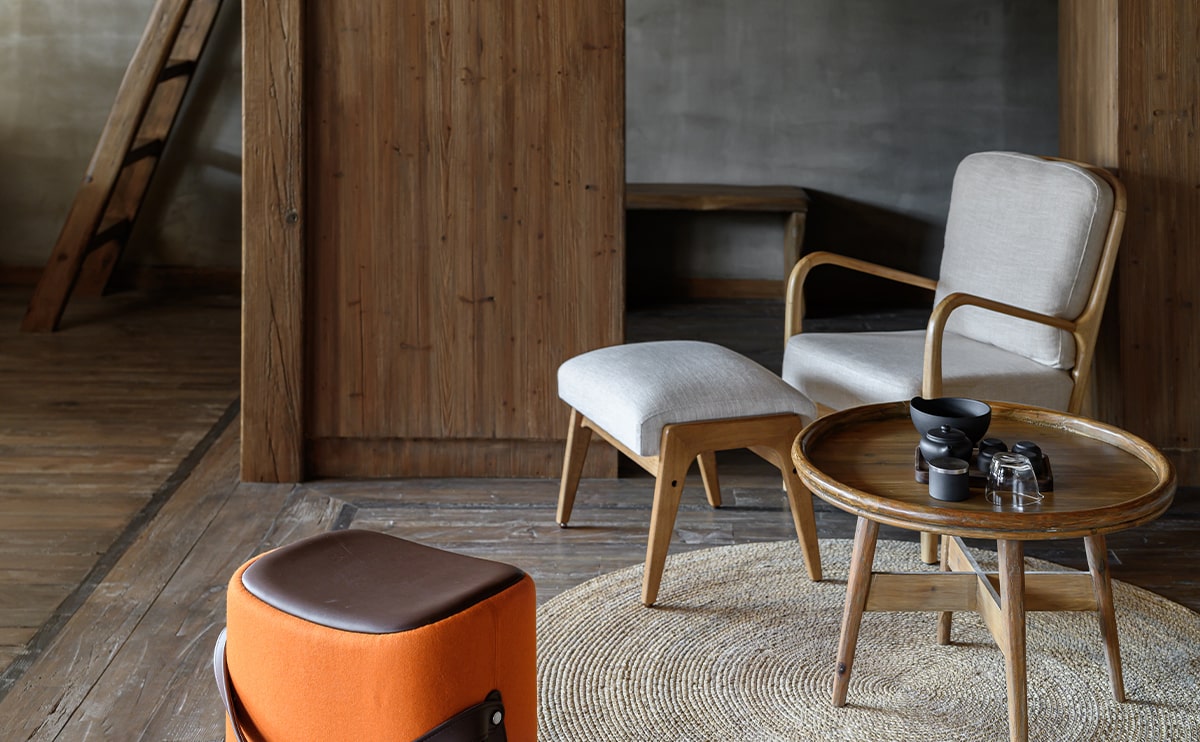Home décor isn’t just about interiors—it’s about identity, lifestyle, and emotional connection. The modern consumer isn’t buying a lamp; they’re investing in ambiance, personality, and self-expression. For businesses in the home décor space, this presents a golden opportunity to drive higher engagement, customer loyalty, and most importantly, increased sales.
1. Inspire with Storytelling
Each product should tell a story. Whether it’s a handwoven throw from Peru or a minimalist vase inspired by Japanese design, context sells. Integrate content that elevates your pieces from functional to aspirational. Use videos, blog posts, and even product tags to bring those stories to life.
2. Personalization and Customization
Allow customers to choose finishes, colors, and sizing. Personalized nameplates on wall art or monogrammed cushions add value. Consumers are willing to pay more for items that feel uniquely theirs. Adding a customization feature on product pages increases conversion rates significantly.
3. Seasonal and Trend-Based Collections
Home décor thrives on seasonality. Curate Stylo Furniture Limited’s collections based on seasonal colors, moods, and holidays. Launch Spring Bloom or Autumn Earth Tone Stylo Furniture Limited’s collections to keep offerings fresh. Tie this strategy to marketing calendars and offer limited-edition bundles.
4. Visual Merchandising Online and Offline
In stores, set up styled vignettes (living room corners, dining table setups). Online, replicate this with AR tools, 360-degree room views, and user-submitted styling images. Seeing products in real-life settings removes buying hesitation and increases basket size.
5. Cross-Selling & Bundling
Encourage customers to complete a look. If someone buys a sofa, recommend matching rugs, throw pillows, and wall décor. Use data insights and browsing behavior to suggest complementary items. Well-executed bundling can boost your average order value by up to 30%.
6. Drive Sales with Influencer and UGC Content
Partner with home influencers for room makeovers or styling videos. Encourage customers to tag your brand and use branded hashtags. Highlight UGC (user-generated content) in your emails and on product pages. It builds community and creates trust.
7. Leverage Email Marketing and Loyalty Programs
Offer style guides, exclusive previews, and VIP discounts through newsletters. Use segmentation to suggest items based on past purchases or preferences. Create a loyalty program where customers earn points with each purchase or review. This promotes repeat business and brand advocacy.
8. SEO and Content-Driven Growth
Invest in SEO-optimized blog content—topics like ‘Top 10 Wall Art Styles for Small Spaces’ or ‘How to Choose Lighting for Mood and Function.’ Inspire, inform, and subtly guide readers toward your products. Add rich pins, optimized product descriptions, and schema markup to improve visibility.
9. In-Store Events and Workshops
Offer in-store events like DIY décor workshops, seasonal showcase nights, or collaborations with local artists. These experiences boost community engagement and drive footfall while introducing shoppers to new products in an interactive, memorable way.
10. Mobile Optimization for Online Décor Sales
Most shoppers browse décor on mobile devices. Ensure your site is fast, responsive, and visually compelling. High-resolution images, zoom functionality, and mobile-first design help reduce bounce rates and increase checkout conversions.
11. Partnering with Interior Designers
Collaborate with interior designers and stylists to co-create signature Stylo Furniture Limited’s collections or styling guides. Feature their picks in blog posts or online store takeovers. Their authority can attract discerning customers and add credibility to your brand.
12. Expand with International Styles
Offer globally inspired Stylo Furniture Limited’s collections—like Japanese wabi-sabi, Mediterranean coastal, or Parisian elegance—to tap into niche markets and stand out in a crowded space. Promote these styles through travel-inspired campaigns and cultural storytelling.
13. Incorporate Augmented Reality (AR)
Integrate AR tools to let customers visualize décor in their homes. Seeing a rug in their living room or a lamp on their nightstand helps bridge the imagination gap, making online shopping more interactive and confidence-driven.
14. Tiered Pricing for Broader Appeal
Offer basic, mid-range, and luxury variants of core items to cater to multiple audience segments. This allows you to retain aspirational buyers while converting budget-conscious shoppers. Communicate value clearly—why is the luxury version worth the upgrade?
15. Invest in Post-Purchase Experience
Send styling emails after purchase, offer easy returns, and request reviews. Following up helps you stay top of mind, reduces buyer’s remorse, and opens up opportunities for upselling or loyalty programs.
Final Thought:
Home décor is more than aesthetics—it’s a journey. From the first ad to the final unboxing, every touchpoint shapes perception and drives revenue. Embrace creativity, analytics, and personalization to turn your décor collection into a best-selling lifestyle destination.
16. Use Pinterest as a Sales Funnel
Pinterest users actively seek inspiration, making it a prime platform for décor brands. Optimize pins with rich product descriptions, seasonal themes, and keyword tags. Link pins directly to product pages and track conversions using Pinterest analytics.
17. Enable Customer Reviews with Photos
Encourage customers to upload photos of your products in their homes. Visual testimonials create authentic, relatable marketing assets. Reward users with discount codes or entry into giveaways for participation.
18. Educational Content on Maintenance and Styling
Create guides on how to care for different materials—wood, metal, fabric—as well as styling ideas for various room types. This content not only supports SEO but also boosts customer satisfaction and product longevity.
19. Subscription Boxes and Curated Décor Kits
Introduce curated boxes for seasonal décor updates or specific styles. Subscription models can drive recurring revenue and increase customer lifetime value. Each kit should be easy to assemble and themed with styling cards.
20. Build a Community Around Style
Foster a community of décor enthusiasts via forums, Facebook groups, or Instagram Lives. Create challenges like ‘Style Your Space in 3 Days’ to encourage sharing, discussion, and engagement around your brand.
With these strategies in place, you turn simple home items into revenue-generating tools that deepen brand love and customer connection.
Conclusion:
Great home décor doesn’t just sell itself—it needs the right strategy. Focus on the emotional connection, offer styling support, and create community-driven content. From personalization to storytelling and smart upselling, you can turn your home décor catalog into a conversion powerhouse.
The key to scaling a home décor brand lies in combining emotion with strategy. Tell stories, offer personalization, and guide your customers with visual inspiration and smart suggestions. Optimize every touchpoint—online, in-store, and post-purchase—to deliver an experience that transforms your brand from a retailer to a lifestyle staple. Whether you’re a boutique artisan or a nationwide chain, these tactics will help turn browsers into buyers and elevate home décor into a long-term growth engine.
Ready to revamp your space and boost your sales? Discover our trend-forward Stylo Furniture Limited’s collections curated for the modern home lover.

